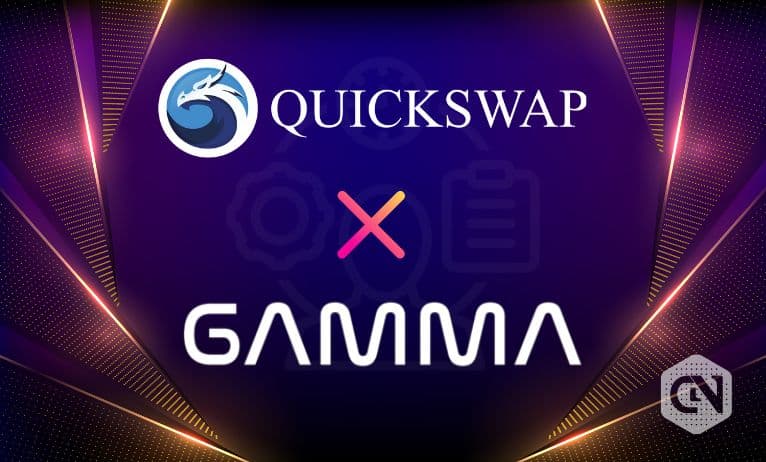QuickSwap happens to be extremely pleased to make its formal announcement of having integrated conventionally with Gamma for the sake of QuickSwap V3 active liquidity management. Through this very integration, all of the connected users will find themselves in the position of being able to directly make their deposits into automated game plans, which are controlled by Gamma. This will be made possible not only on the QuickSwap interface but also on the Gamma interface.
Following all of these relevant activities, QuickSwap will happen to be making the necessary transfers of dQUICK, as well as WMATIC rewards, towards the Gamma farms. In the beginning, it is going to be 1 million dQUICK rewards, along with 1,890 WMATIC rewards, which will be moving towards the pools of WETH-USDC, receiving 60,000 dQUICK and 200 WMATIC. WMATIC-WETH will be receiving 30,000 dQUICK.
In the case of WMATIC-USDC, it will be 30,000 dQUICK, as well as 70 WMATIC. Where WBTC-USDC is concerned, it is 5,000 dQUICK, and WMATIC-QUICK will get 10,000 dQUICK. According to the plans of QuickSwap, it will be passing on V3 rewards directly to Gamma so that their LPs are able to gain a far better experience.
QuickSwap’s V3 interface, as well as Gamma’s interface, have active liquidity management. Out of the many advantages of Gamma’s active liquidity management is also the automated rebalancing of liquidity so that it remains in focus. There is also the factor of the auto-compounding of generated swap fees for the maximization of capital effectiveness. In the case scenario of rewards, they will be accessible in both the cases of wide and narrow pairs based on an LP’s risk inclination.
It has been keenly observed that this very partnership has been instrumental in pushing Gamma’s TVL to another level altogether where the ETH is concerned. This indeed happens to be an indication of all the great amount of effort and dedication that has gone into the product. However, the journey to keep offering the very best, in terms of active liquidity management, along with the formulation of effective market-making strategies on decentralized exchanges, will only continue.







